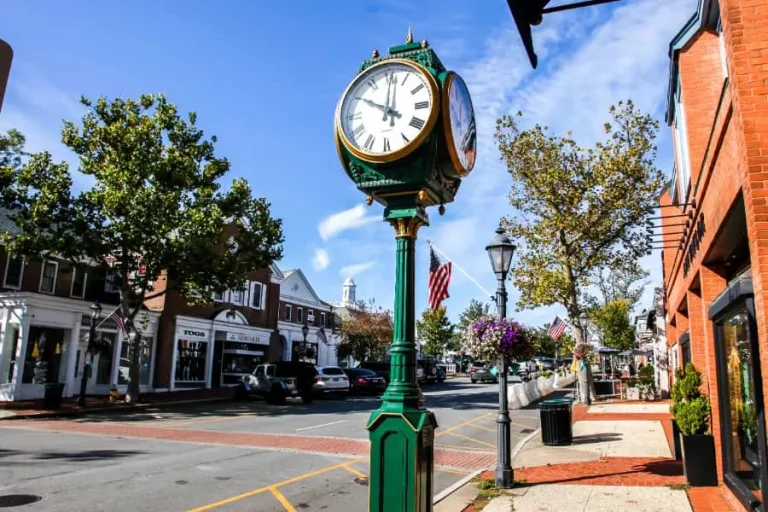By Elizabeth Barhydt
In a year when local governments are wrestling with inflation and rising service costs, the Town of New Canaan moved to raise its mill rate by 3.39%, a decision calibrated to both fund town priorities and signal fiscal restraint.
On June 10, the Board of Finance unanimously approved a new mill rate of 16.691 for fiscal year 2026—an increase of .547 mills over the previous year’s 16.144. This adjustment, when applied to New Canaan’s nearly $10 billion grand list, will generate $164.0 million in revenue through property taxation—a 3.76% increase over FY2025.
Strategic Cushioning with Surplus
According to Board of Finance Chairman Todd Lavieri, the decision reflects not just accounting but strategy: “By delivering a budget surplus of $8.0 million this year, we are able to return $5.75 million of that back to the taxpayers by reducing the amount raised by taxes, with the balance of the surplus going to our ‘rainy day’ general fund.”
That balancing act between short-term relief and long-term stability is central to the town’s fiscal point of view. Lavieri emphasized New Canaan’s comparative success: “The average increase in the amount raised by taxation over the past 8 years, including next year’s budget, is 2.3%—a very strong accomplishment by our Town and boards over this period, especially with inflation headwinds recently.”
That 2.3% average, he noted, compares favorably with neighboring municipalities.
The increase in property taxes is shaped not only by expense growth but by modest gains in the tax base. The 2024 Grand List rose just 0.38% over 2023, from $9.90 billion to $9.94 billion. Combined with the Board’s decision to draw $5.75 million from reserves, the mill rate was able to remain under 17.
Still, the town’s expenditure budget increased 3.47%, rising from $174.9 million to $181.0 million. Much of that increase comes from pressure points familiar to towns statewide: education, public safety, and capital maintenance. Lavieri confirmed, “During the budget process, we were able to reduce operating expenses by more than $2 million and capital requests by more than $6 million, while meeting the needs of our schools, public safety, public works, and many other town-related services.”
The mill rate vote capped a multi-month process that included alignment across the Board of Finance, Town Council, Board of Selectmen, and the Board of Education. That cohesion—uncommon in some Connecticut municipalities—is being emphasized by town leadership as a hallmark of competence and unity, and may set a tone for coming budget cycles.
First Selectman Dionna Carlson praised the process, noting, “Many thanks to all who participated in the budget process and were committed to funding our departments to meet the needs of our community while being sensitive to the inflationary environment we face.”
Carlson also singled out Lavieri and the finance board for managing the tax increase while cushioning the impact through reserve application and line-item reductions.



